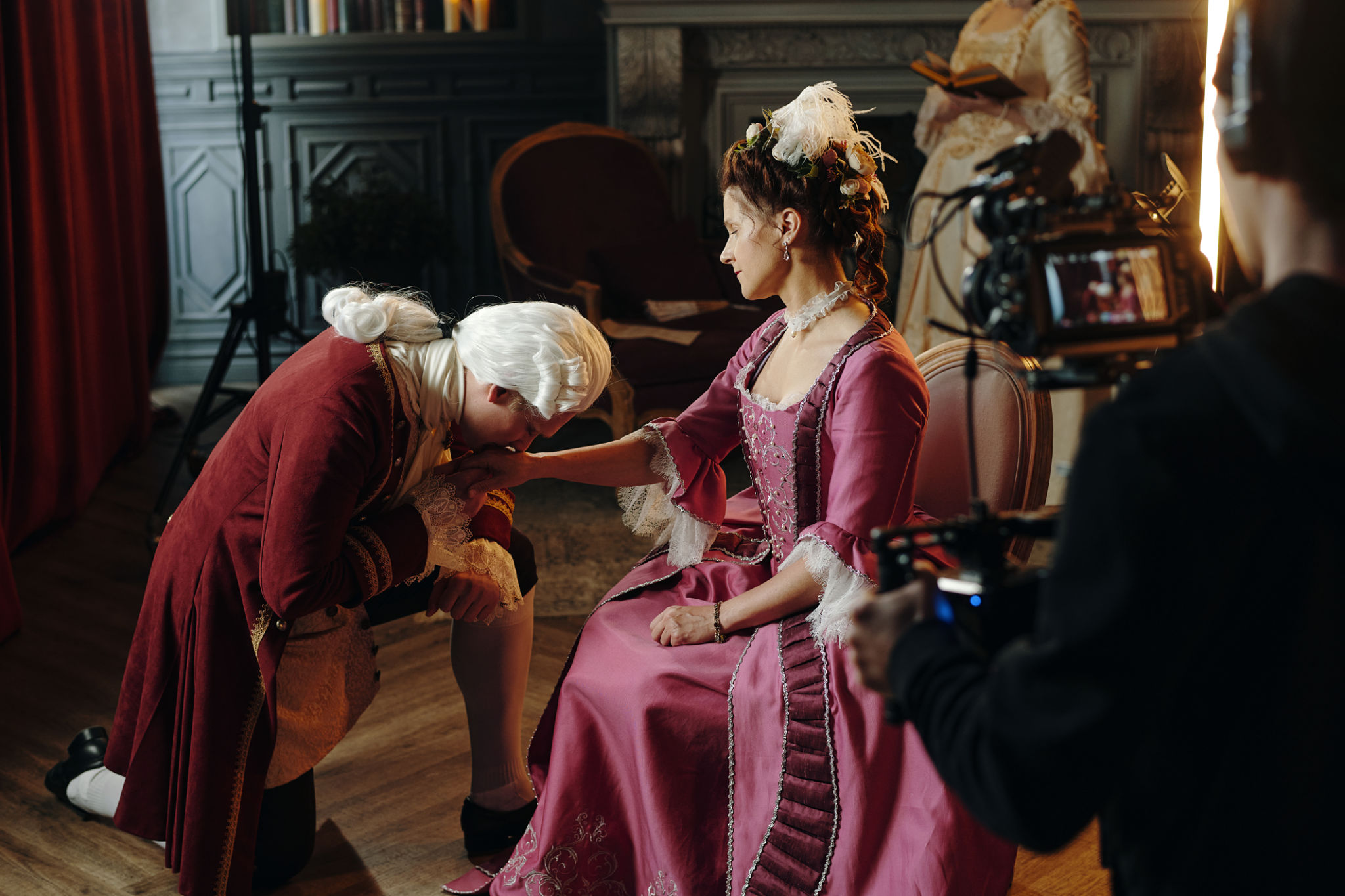Top 5 Myths About Historic Building Restorations Debunked
Understanding the Reality of Historic Building Restorations
Historic building restorations are a captivating journey into the past, preserving the architectural beauty and cultural heritage of bygone eras. However, many myths surround the process, often clouding public perception. In this blog post, we debunk the top five myths about historic building restorations, unveiling the truth behind these fascinating endeavors.

Myth 1: Restorations Are Just About Aesthetic Enhancements
One common misconception is that restorations are merely cosmetic, focusing solely on visual appeal. In reality, restorations are comprehensive projects that involve meticulous research, structural assessments, and preservation of historical integrity. While aesthetics play a role, the primary goal is to preserve authentic materials and techniques used during the building's original construction.
Restoration experts often work with historians and architects to ensure that every detail aligns with historical accuracy. This process involves sourcing period-appropriate materials and utilizing traditional craftsmanship to maintain the building's original character.
Myth 2: Historic Restorations Are Too Expensive
Many people believe that restoring historic buildings is prohibitively costly. Although it can be an investment, it's essential to consider the long-term benefits. Restored buildings can enhance property values, stimulate local economies, and attract tourism. Furthermore, numerous grants and tax incentives are available to offset costs, making restoration more accessible than many assume.

Moreover, sustainable practices in restoration projects can contribute to energy savings and reduced maintenance expenses over time. By preserving existing structures, restoration reduces the need for new materials, which is both cost-effective and environmentally friendly.
Myth 3: Modern Materials Can Replace Historic Ones
Another myth is that modern materials can easily substitute historic ones without affecting authenticity. While modern materials might offer convenience, they often lack the unique properties of original materials, which are integral to the building's historical value.
Restoration professionals prioritize salvaging and repairing original elements whenever possible. When replacement is necessary, they seek out materials that closely match the original in composition and appearance to maintain historical integrity.

Myth 4: All Historic Buildings Must Be Restored to Their Original State
It's a common belief that all historic buildings should be restored to their exact original state. However, not all buildings require full restoration. Some projects focus on adaptive reuse, where buildings are repurposed for modern functions while retaining historic elements. This approach allows for contemporary needs while celebrating the past.
This balance between preservation and adaptation ensures that historic buildings remain functional and relevant, contributing to vibrant communities and honoring their historical significance.
Myth 5: Only Professionals Can Appreciate Restored Buildings
Finally, there's a myth that only architects or historians can truly appreciate restored buildings. In truth, anyone can enjoy and value these treasures. Restored buildings offer a tangible connection to history, providing opportunities for education and inspiration for people of all ages and backgrounds.

Communities benefit from restored buildings by fostering a sense of identity and pride. These structures serve as landmarks that tell stories of cultural heritage and human achievement, bridging the past with the present and future.
In conclusion, historic building restorations are far more than aesthetic endeavors; they are comprehensive projects that preserve cultural heritage while offering economic, social, and environmental benefits. By debunking these myths, we hope to encourage a deeper appreciation for the value of restoring and maintaining our architectural history.